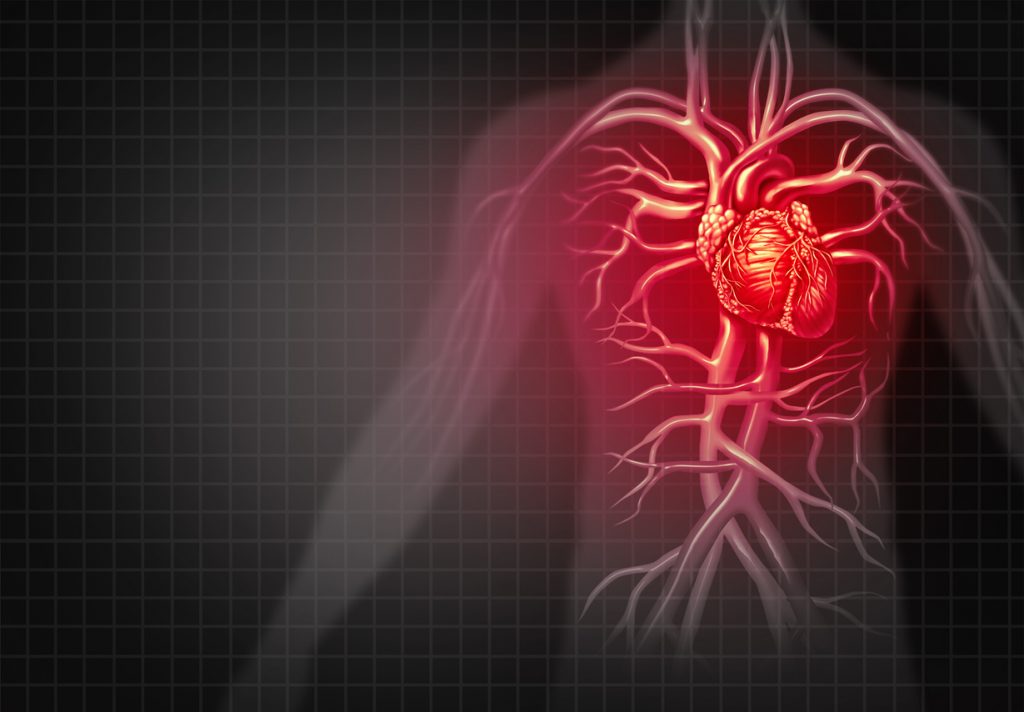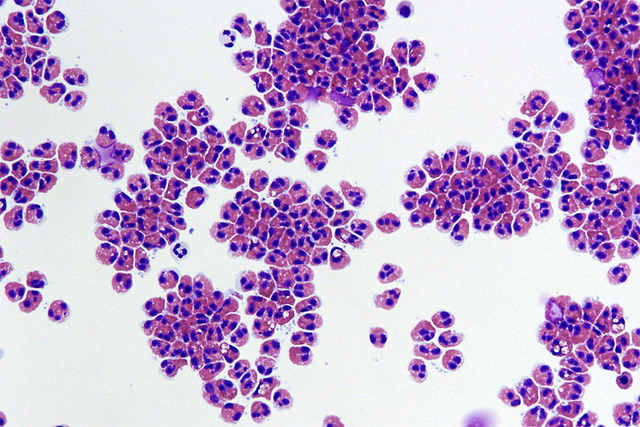Community based studies have shown increased cardiovascular mortality associated with acute exposures to particulate air pollution. Electrocardiographic changes have also been reported in animals exposed to particles in controlled conditions. We have hypothesized that cardiovascular patients may experience life-threatening arrhythmias associated with particulate air pollution episodes. Implanted cardioverter defibrillator (ICD) devices continuously monitor the heart rhythm, and on detecting arrhythmias can initiate interventions. These devices provide a passive, continuous monitor of cardiac arrhythmias. We are assessing the association between community exposures to air pollution measured by ambient monitors and these cardiac arrhythmias detected by implanted cardioverter defibrillator devices.
Official Title
Conditions
– arrythmias
Study Type
Observational
Study Design
Natural History, Longitudinal, Defined Population, Retrospective/Prospective Study
Further Details
Records of cardiac arrhythmias detected in patients with implanted cardioverter defibrillators will be linked with measurements of the concentration and constituents of ambient particulate air pollution. Time series methods will be used to assess temporal associations, adjusting for seasonal, weekly, and diurnal patterns, meteorology, and co-pollutants. Characteristics of subjects showing the strongest air pollution associations will be assessed, as well as effect modification by medication and co-morbidities. ICD patients are followed up clinically every three to six months. The ICD device is interrogated and data are retrieved by non-invasive radio frequency retrieval from the implanted device. Device performance is checked. Detected arrhythmias and therapeutic interventions are listed. For each detected episode, date and time is recorded, along with a short electrogram of the heartbeats immediately before and during the event. Daily ambient particle mass (PM10 and PM2.5) and particle constituents have been measured in Boston since January 1995. The Massachusetts Department of Environmental Protection has measured concentrations of gaseous pollutants including carbon monoxide, nitrogen dioxide, ozone, and sulfur dioxide. Meteorological factors including temperature, humidity, and barometric pressure have been measured at the National Weather Service station at Logan airport. Meteorologic factors and gaseous co-pollutants will be considered as independent predictors of arrhythmic events, and as confounders of the particulate air pollution associations.
Study Start
Eligibility & Criteria
Ages Eligible for Study: up to 90 Years, Genders Eligible for Study: Both Criteria The sample population consists of cardiac patients with implanted cardioverter defibrillator devices attending device clinics at the New England Medical Center (NEMC) Cardiac Electrophysiology and Pacemaker Laboratory. All patients with implanted ICD devices with event time and date recording living in the greater Boston area will be included.
Total Enrolment
500
Contact Details
[1] National Institute of Environmental Health Sciences (NIEHS)[2] New England Medical Center
All content and media on the HealthEngine Blog is created and published online for informational purposes only. It is not intended to be a substitute for professional medical advice and should not be relied on as health or personal advice. Always seek the guidance of your doctor or other qualified health professional with any questions you may have regarding your health or a medical condition. Never disregard the advice of a medical professional, or delay in seeking it because of something you have read on this Website. If you think you may have a medical emergency, call your doctor, go to the nearest hospital emergency department, or call the emergency services immediately.







